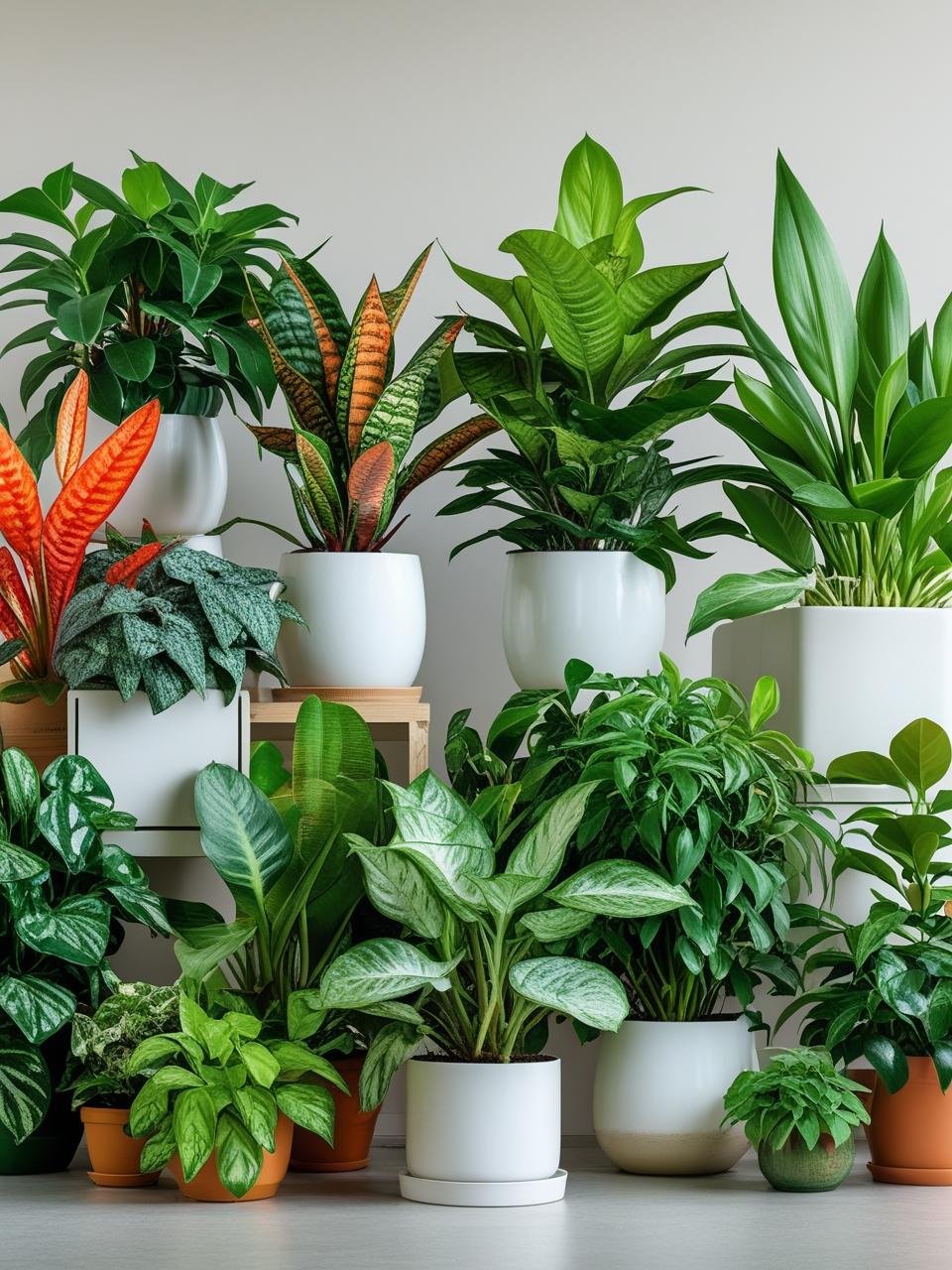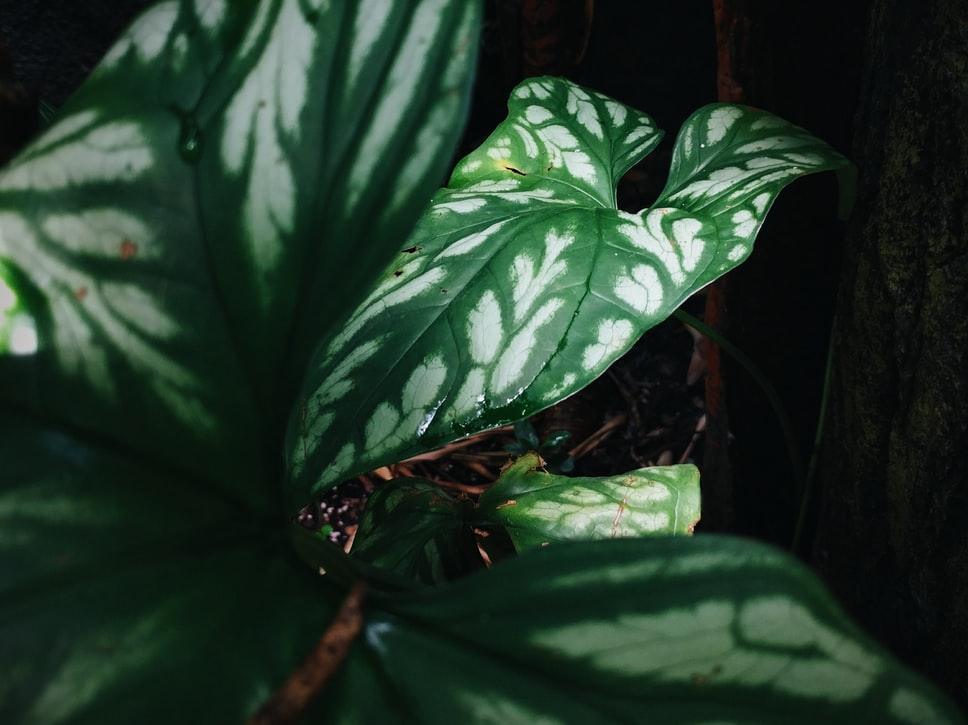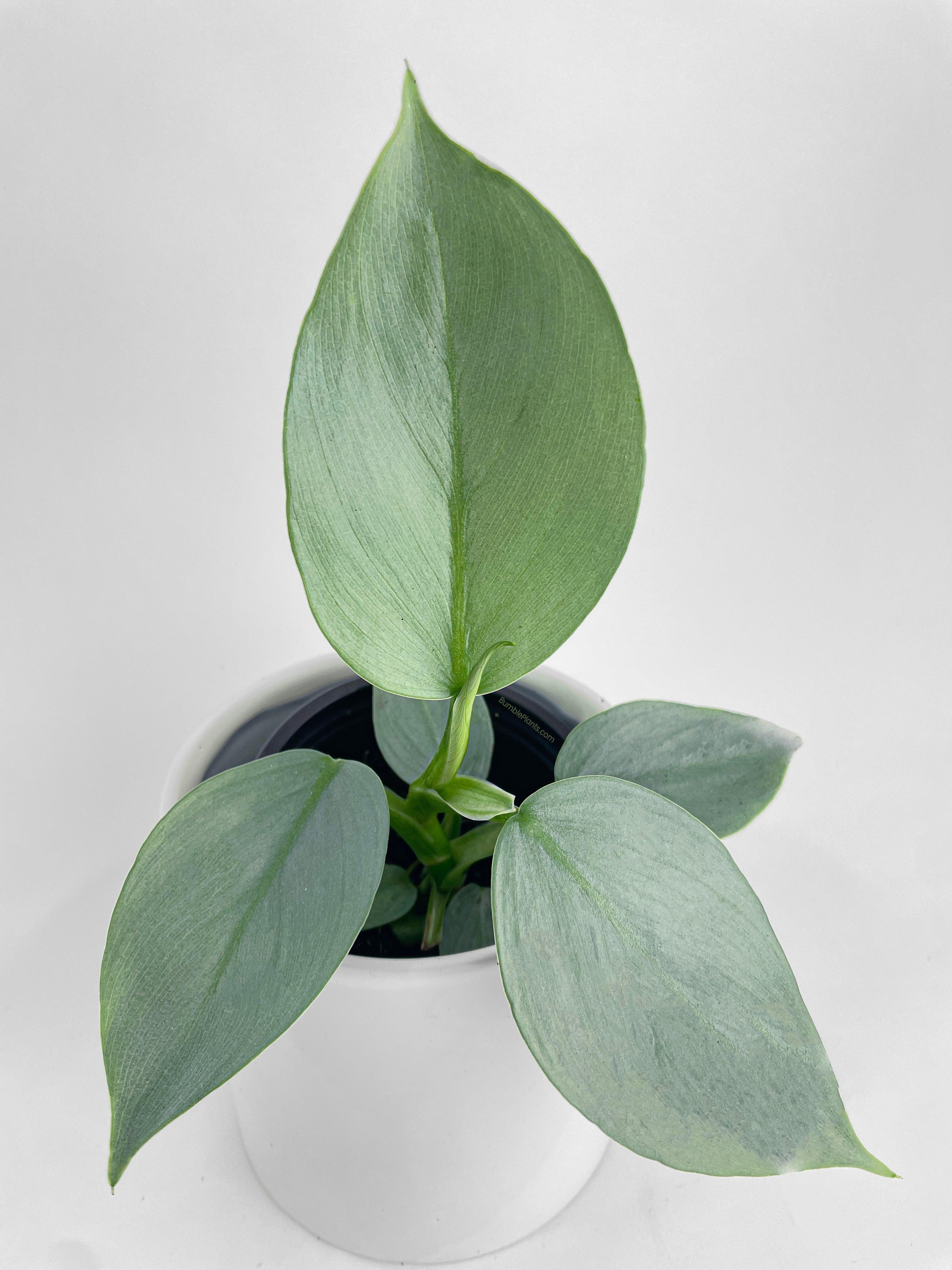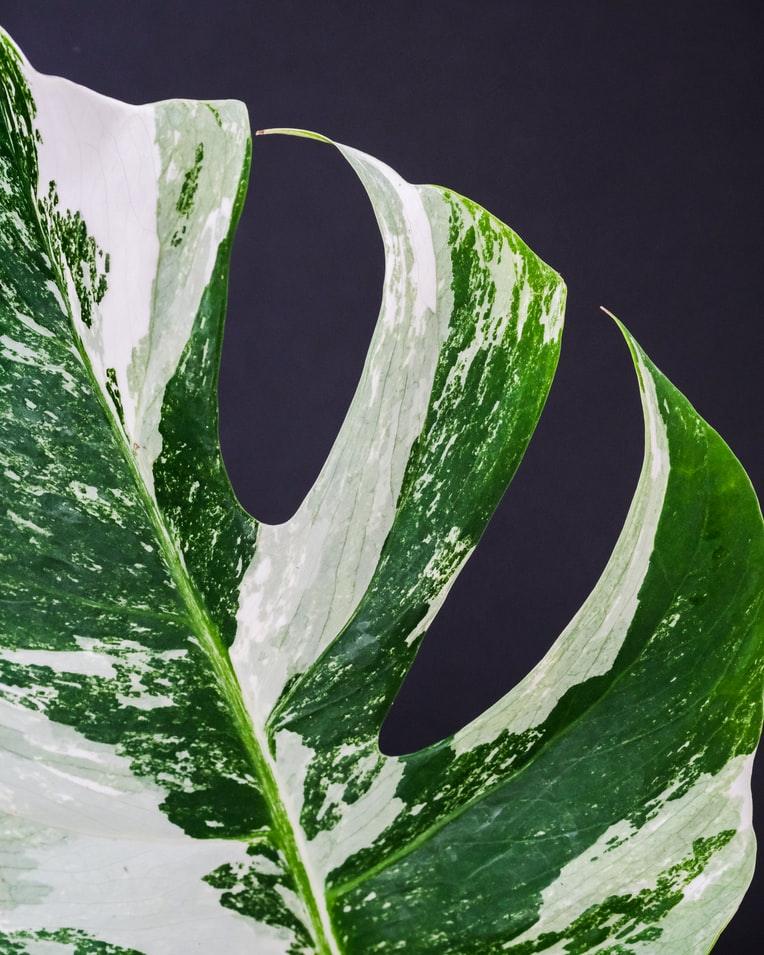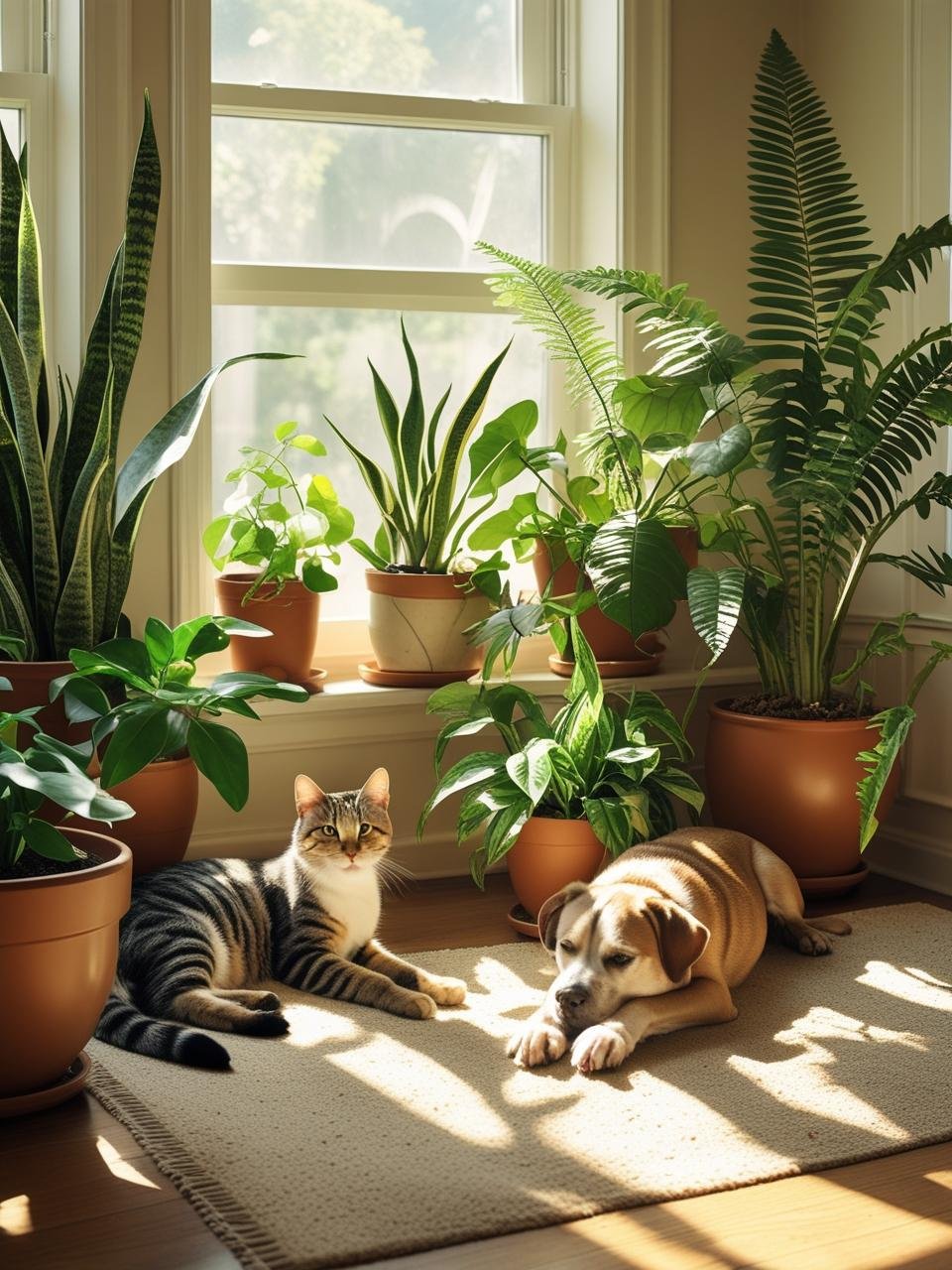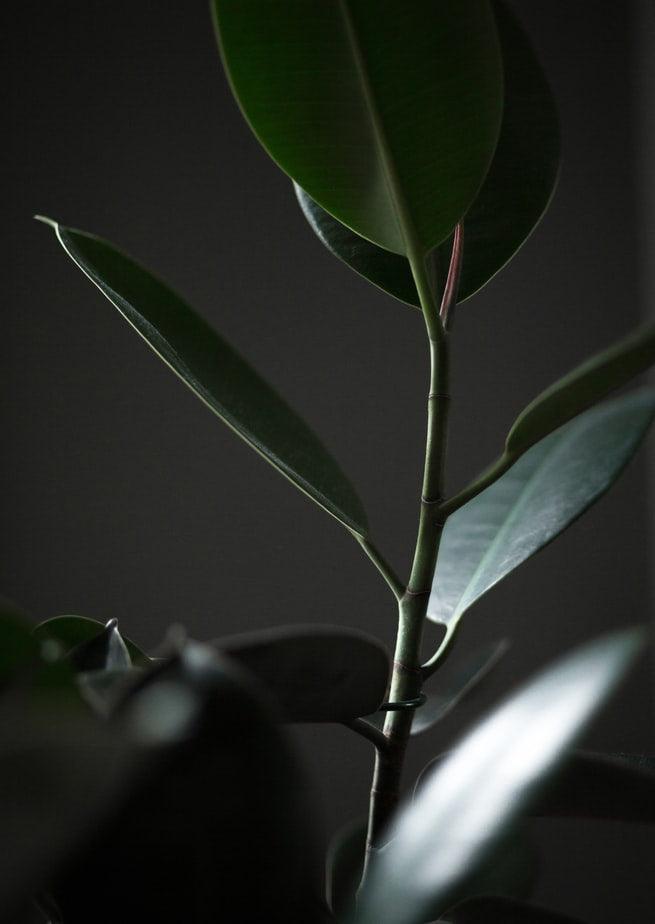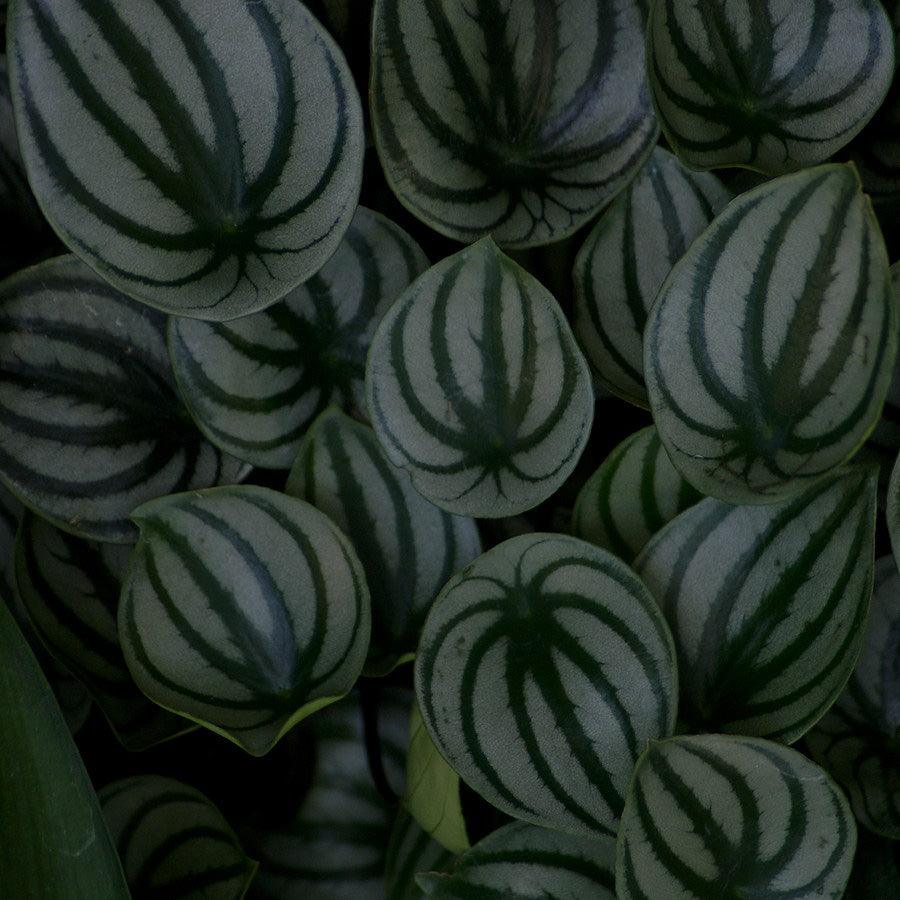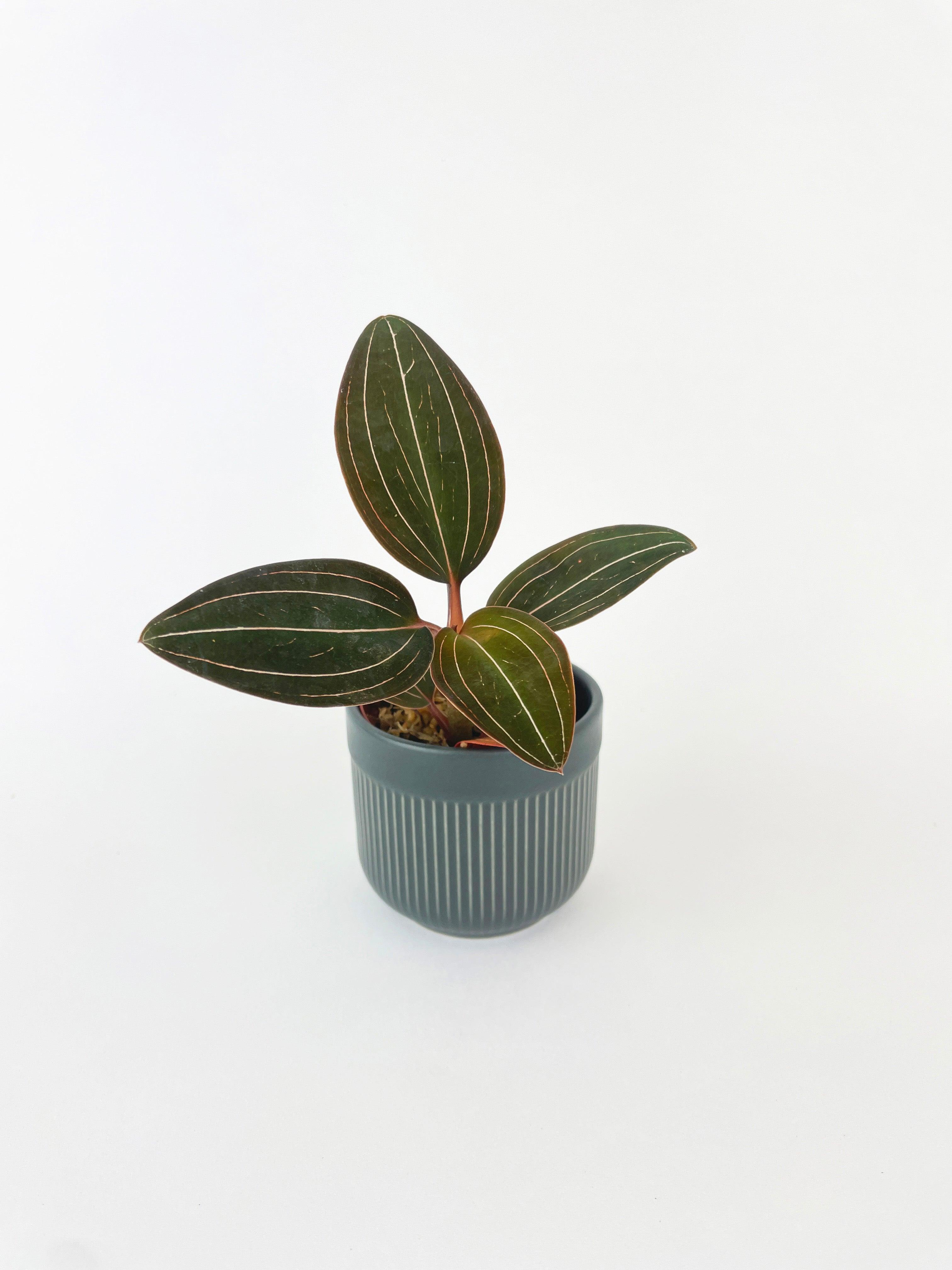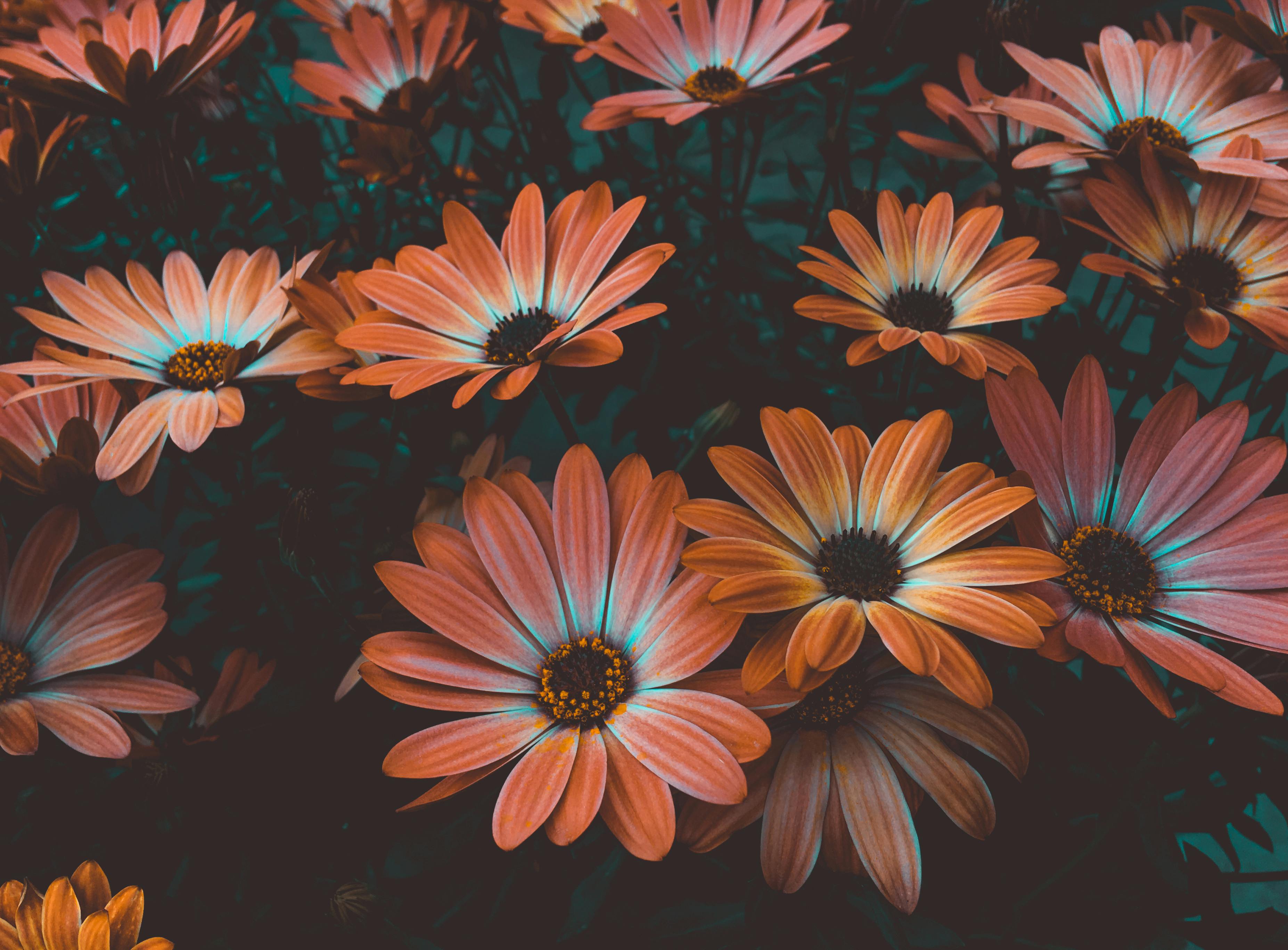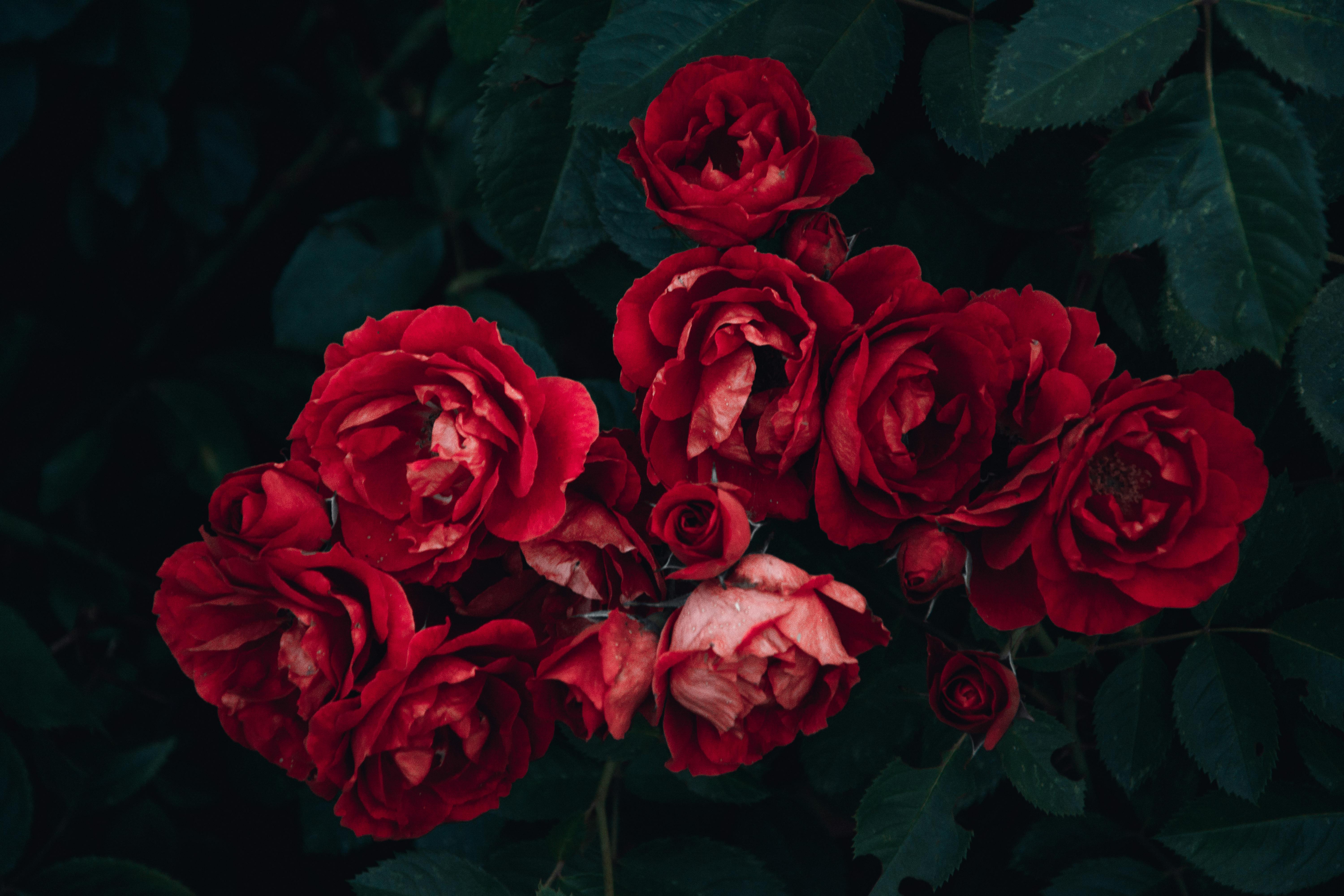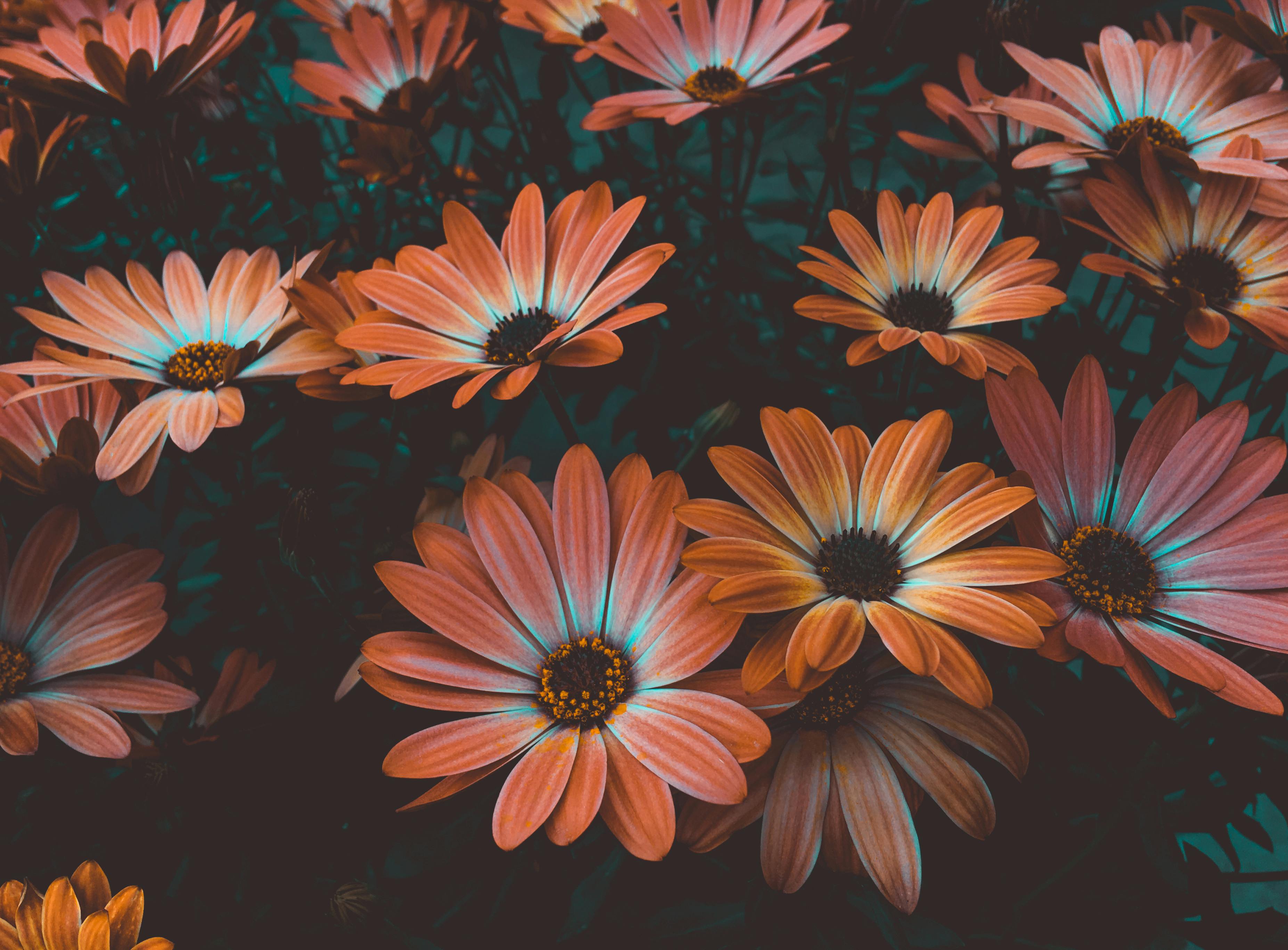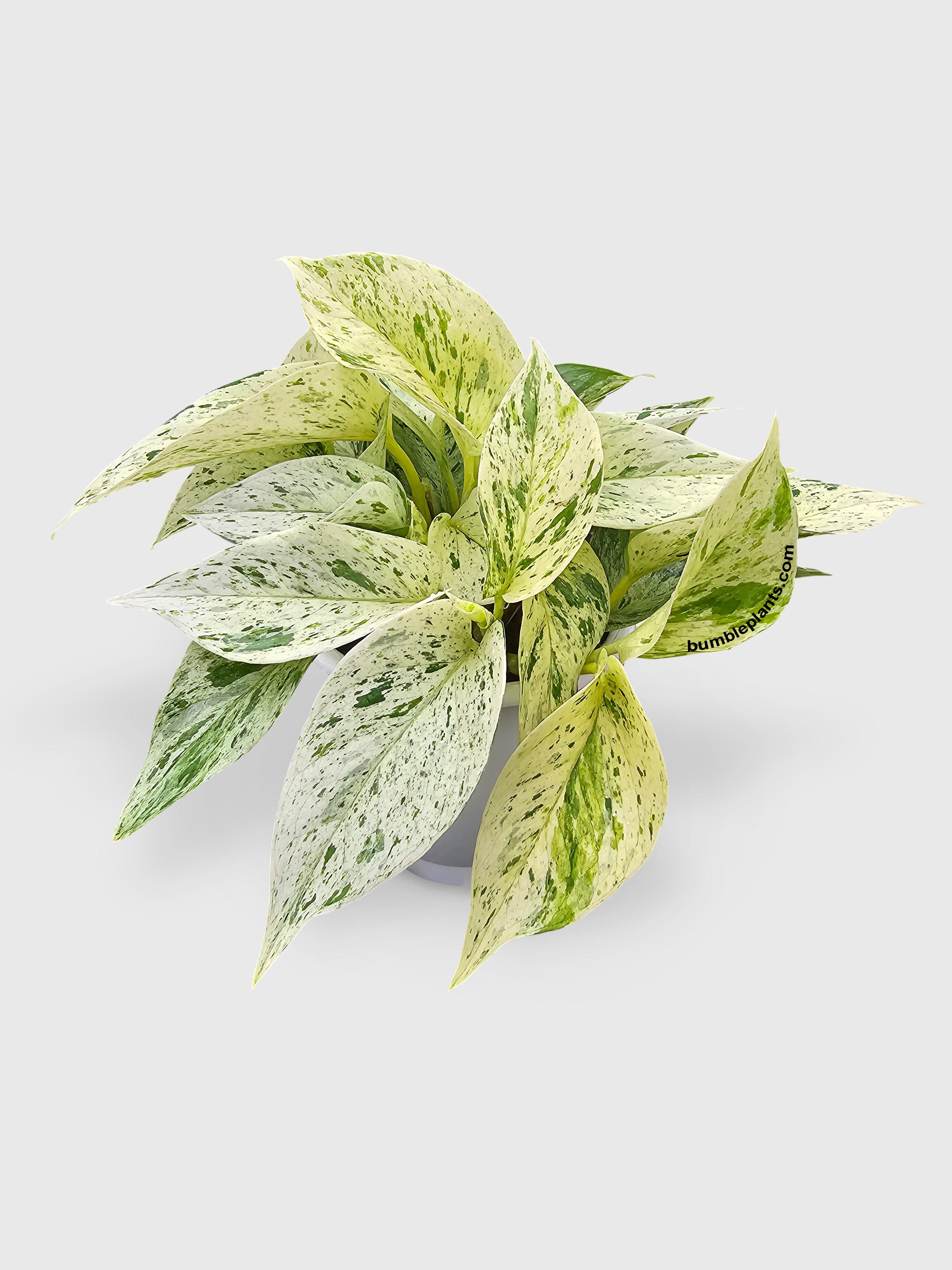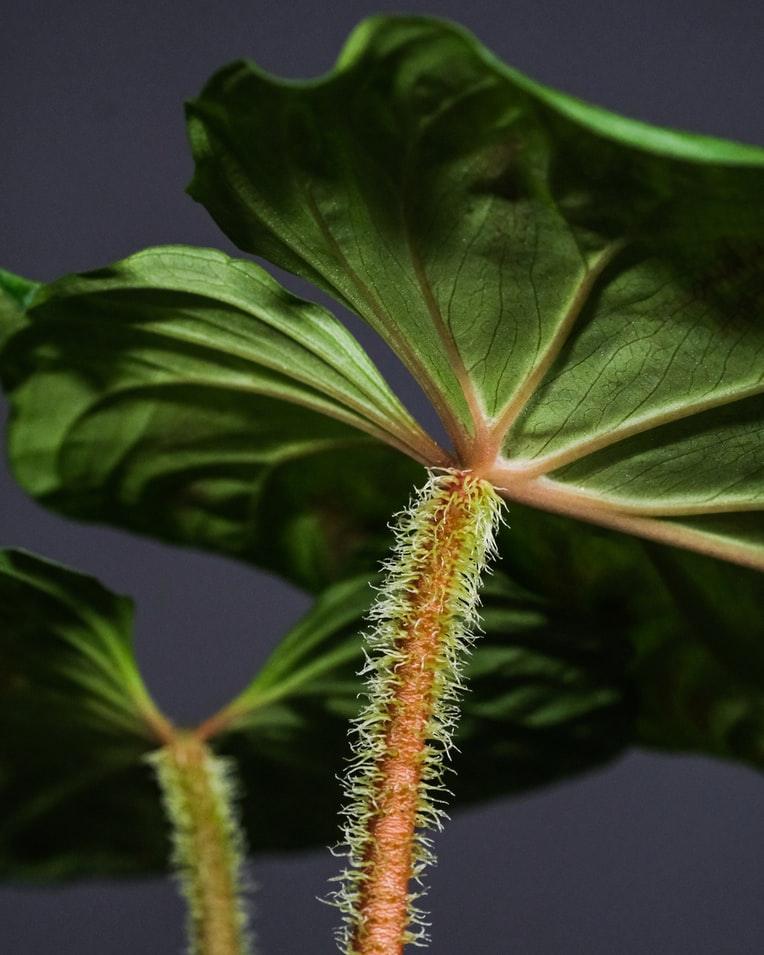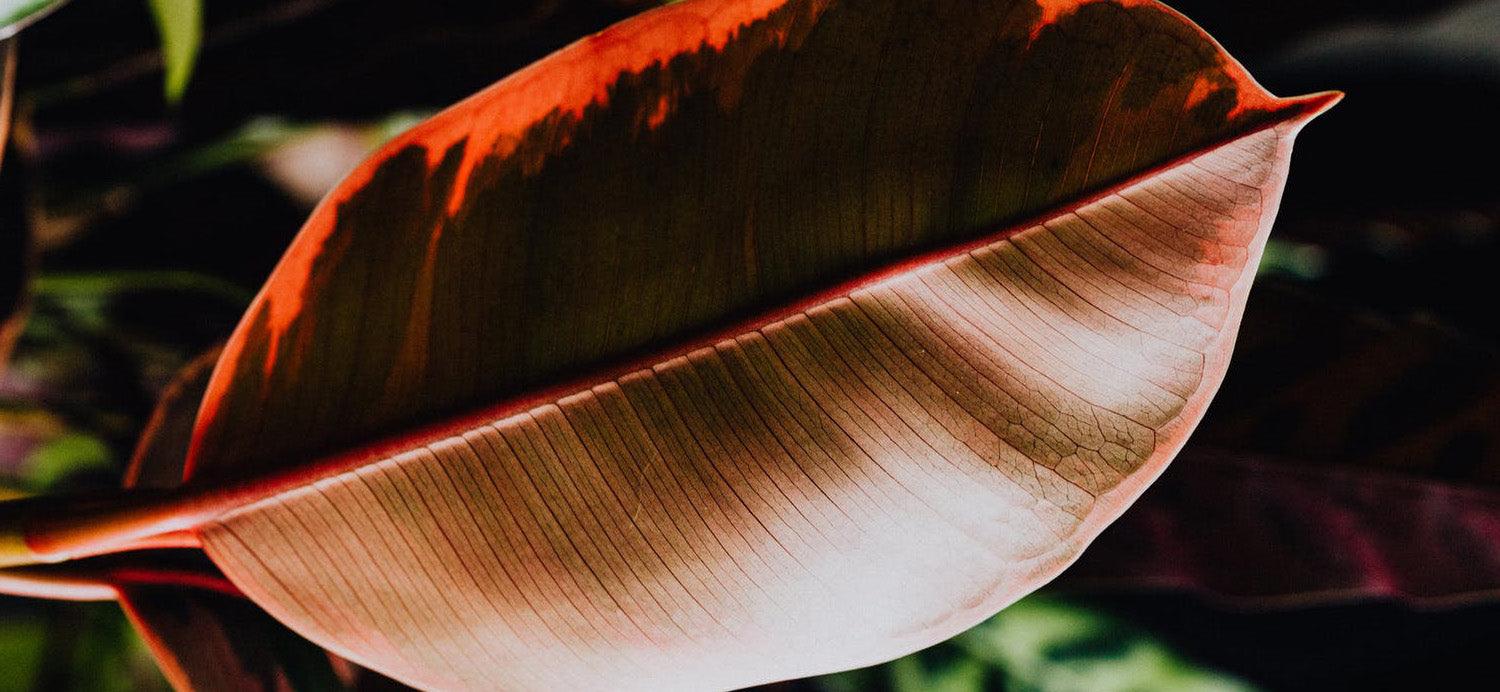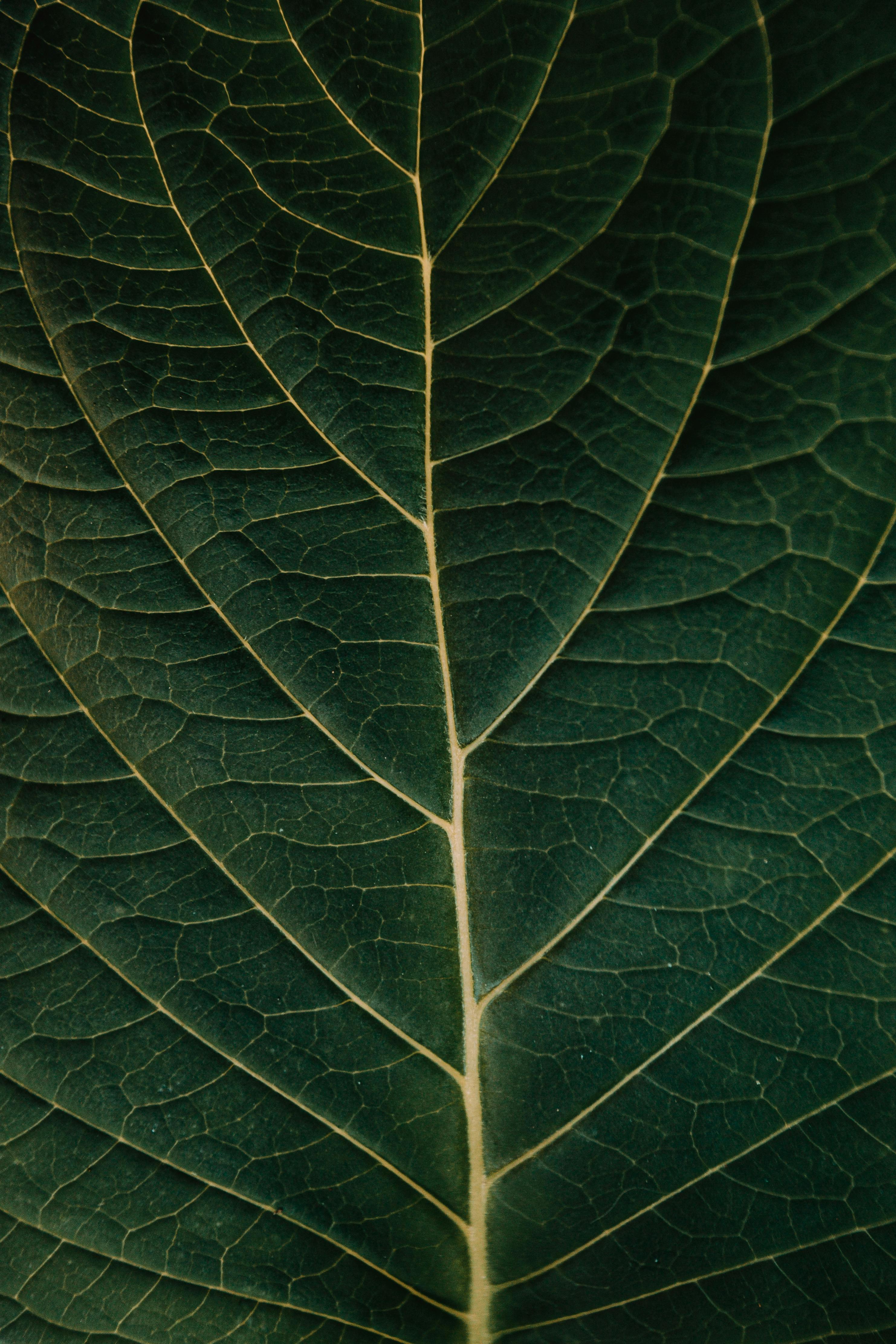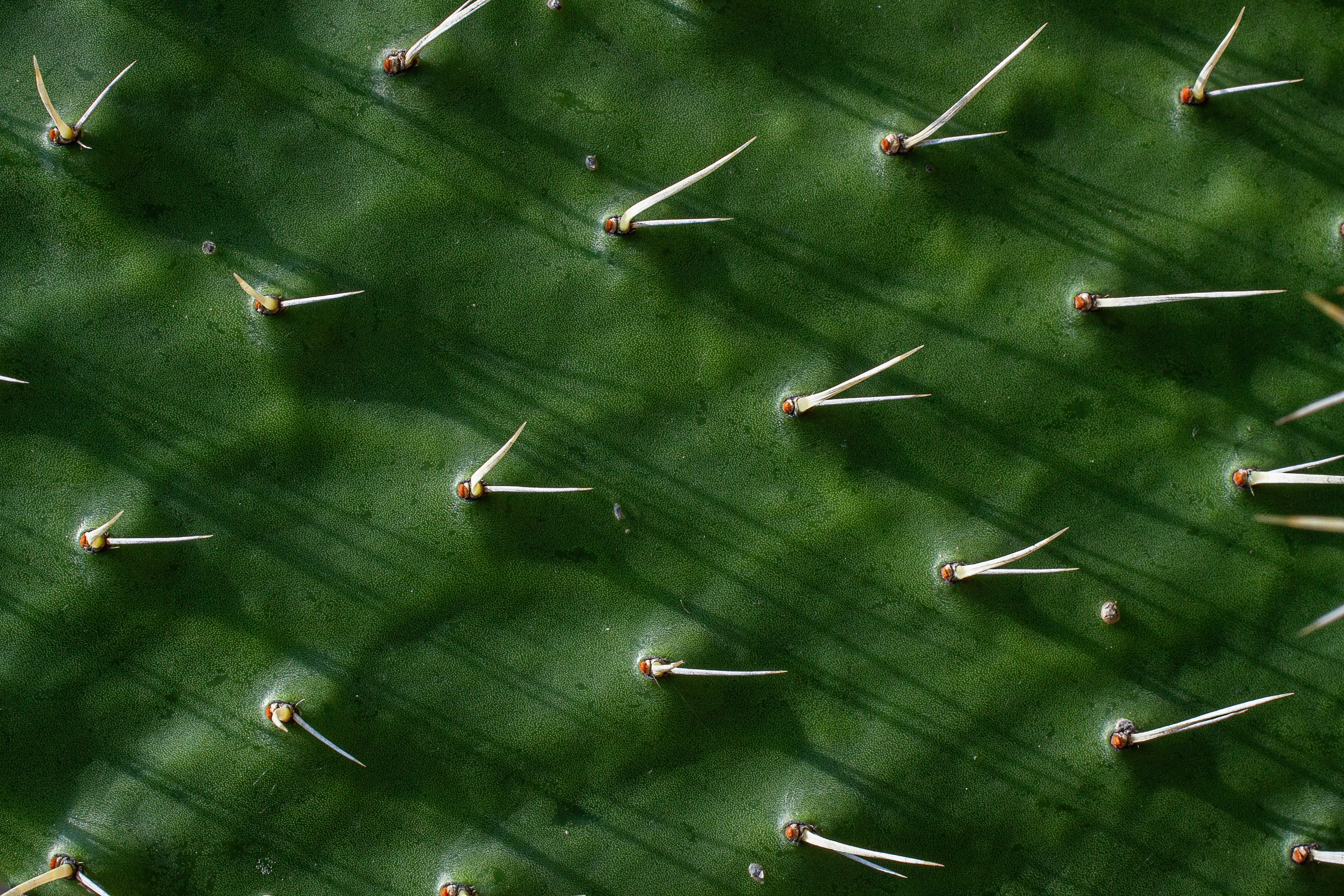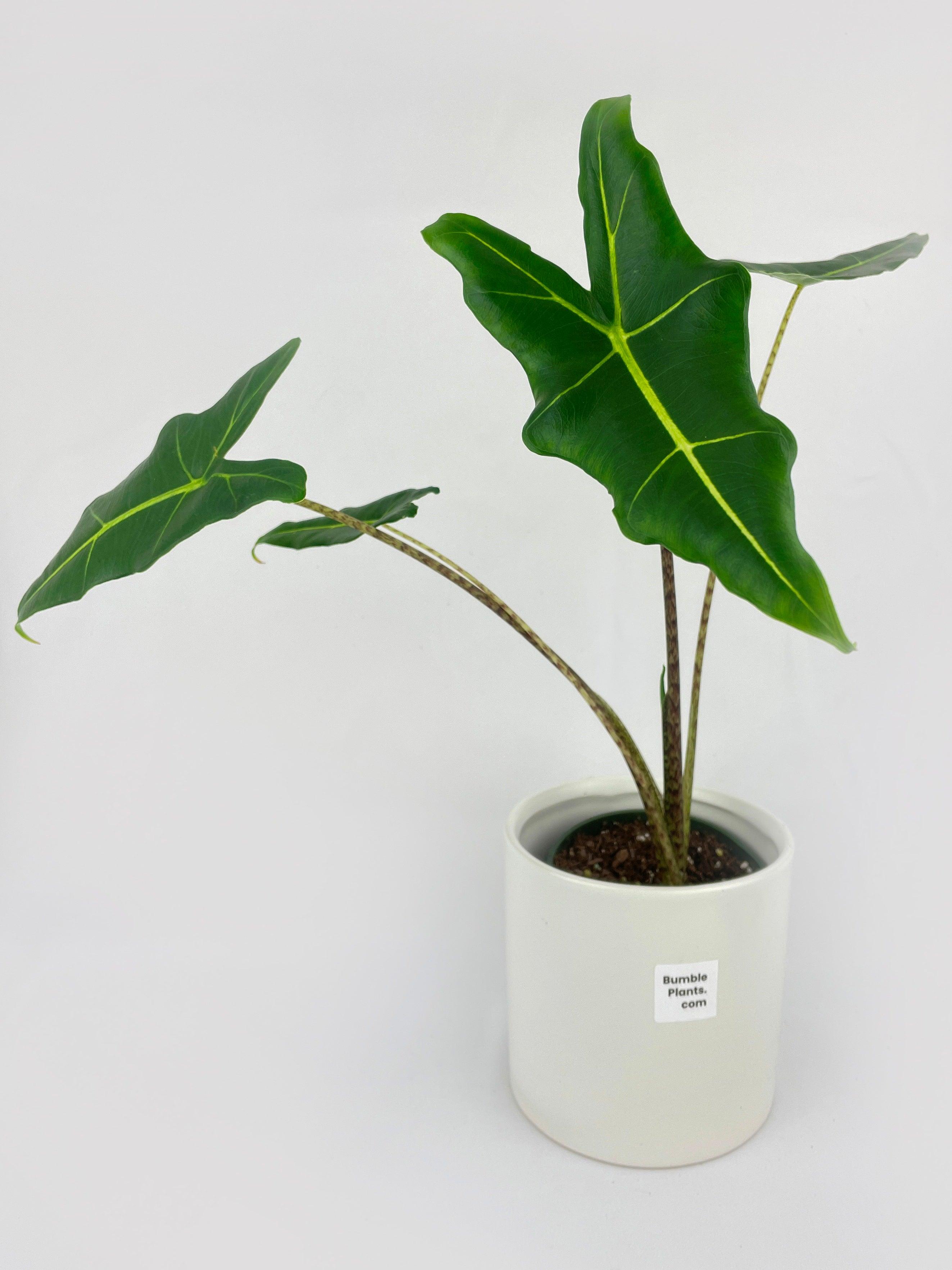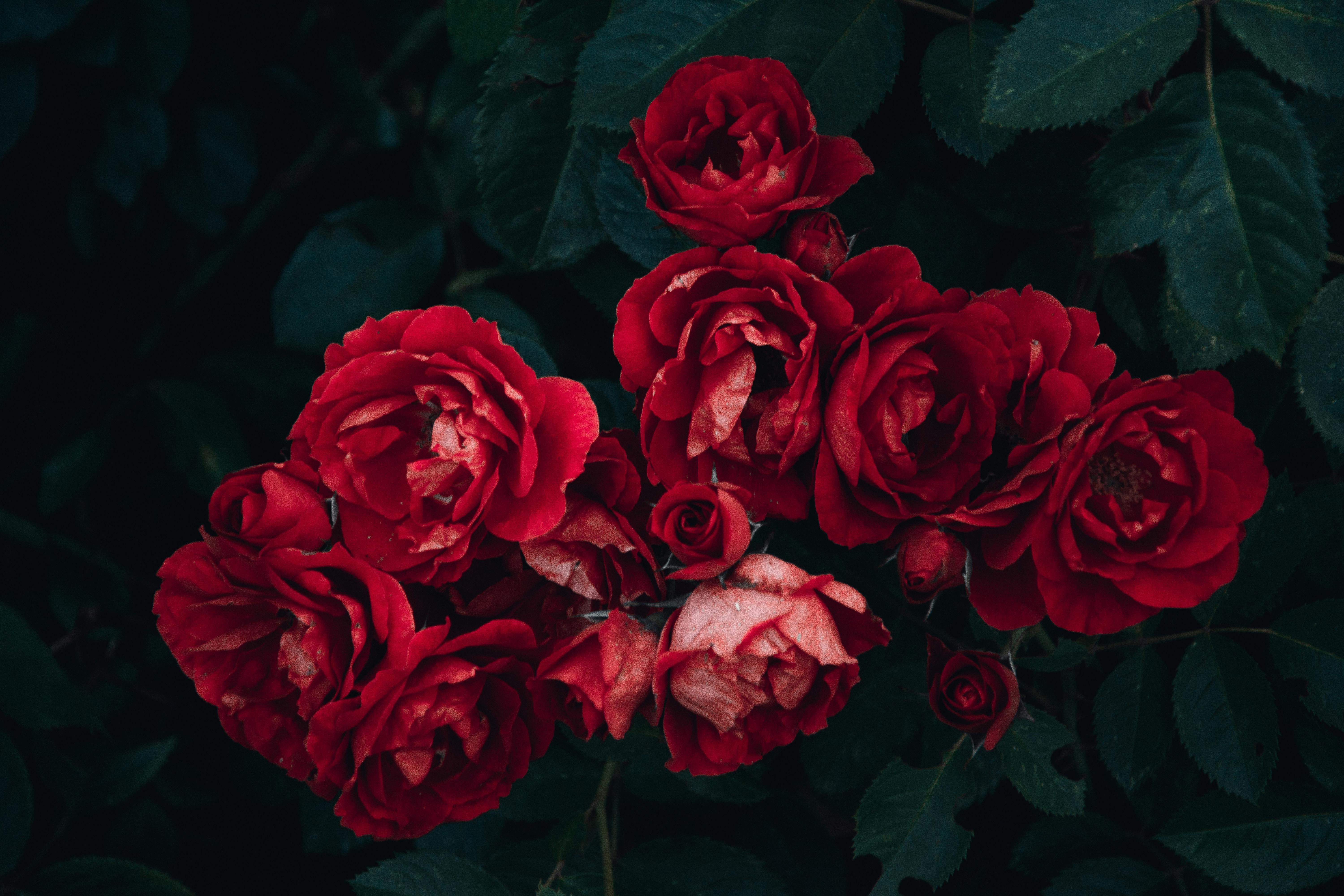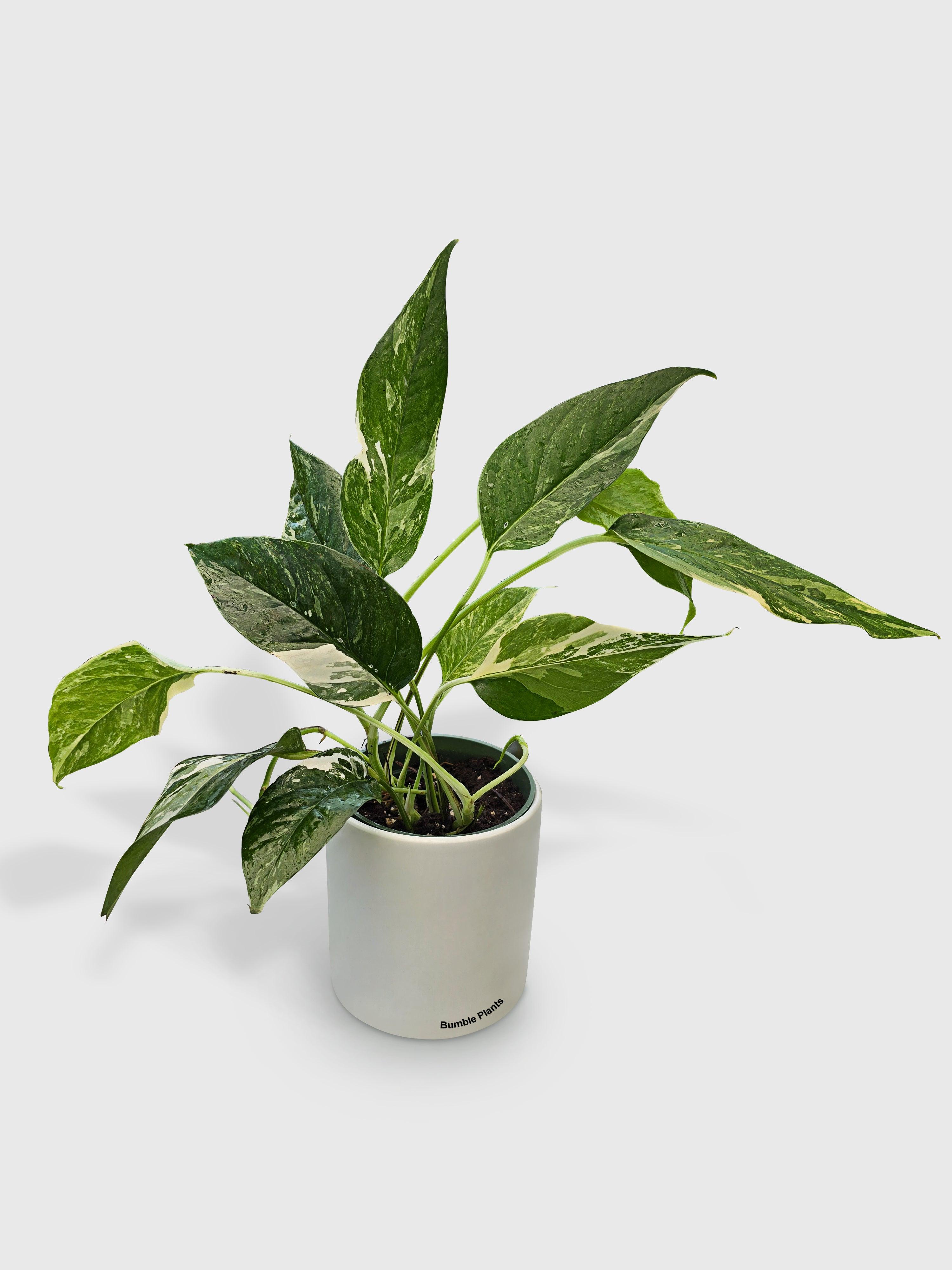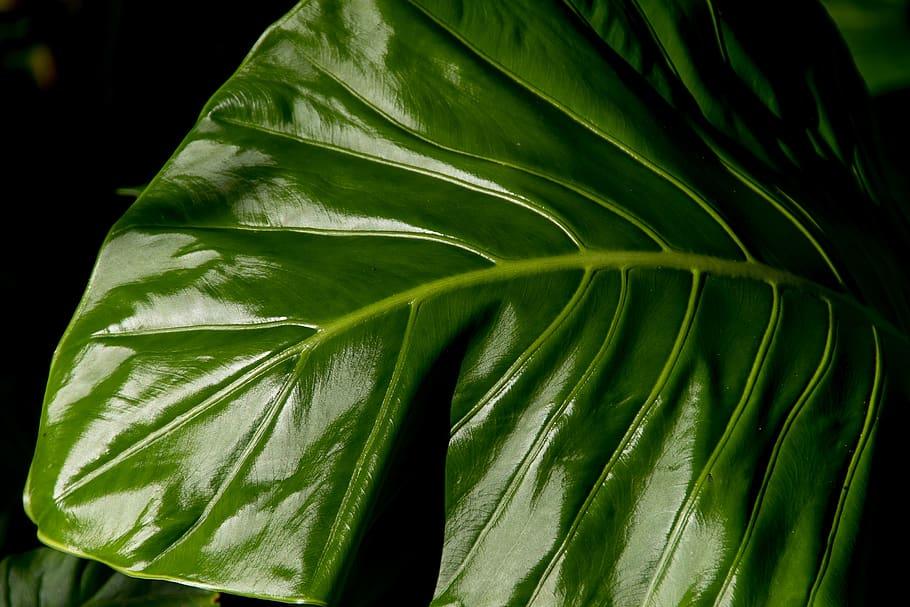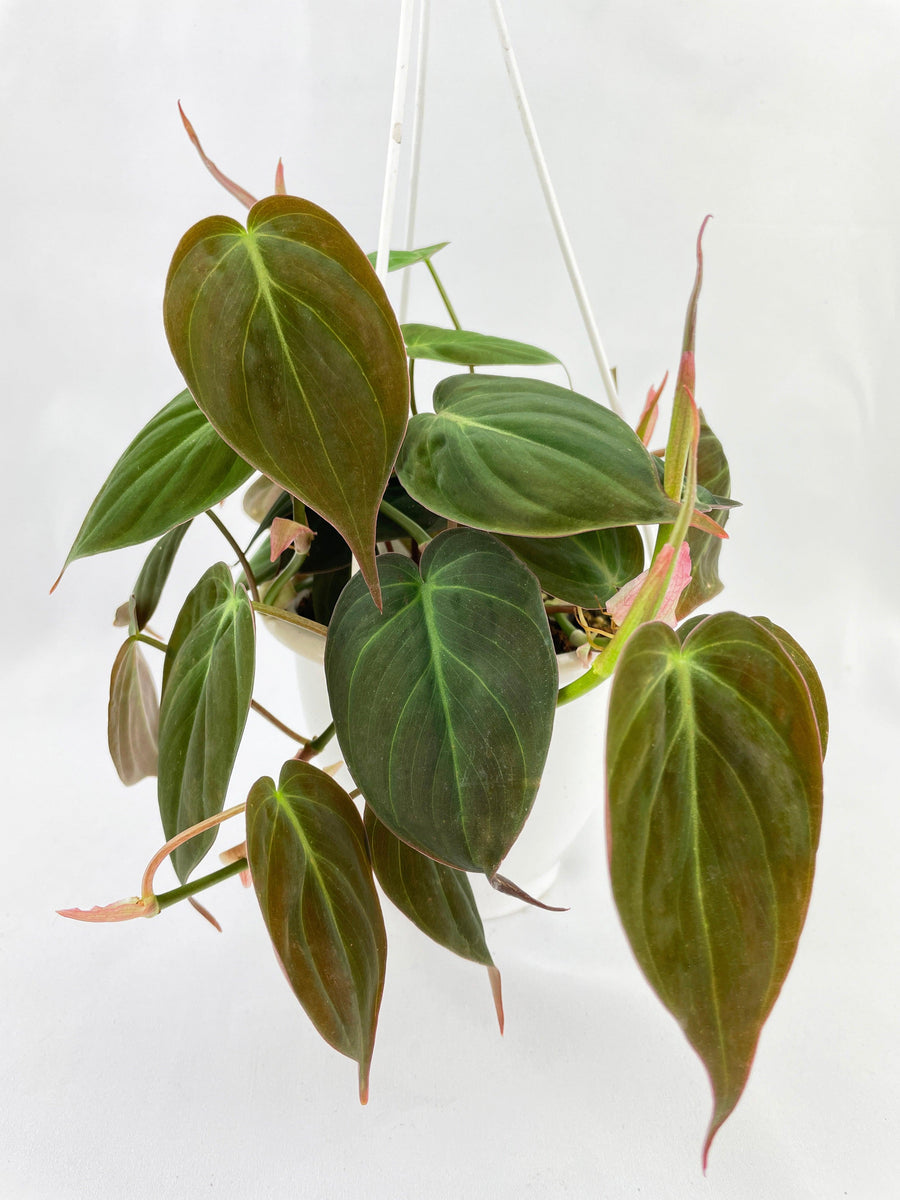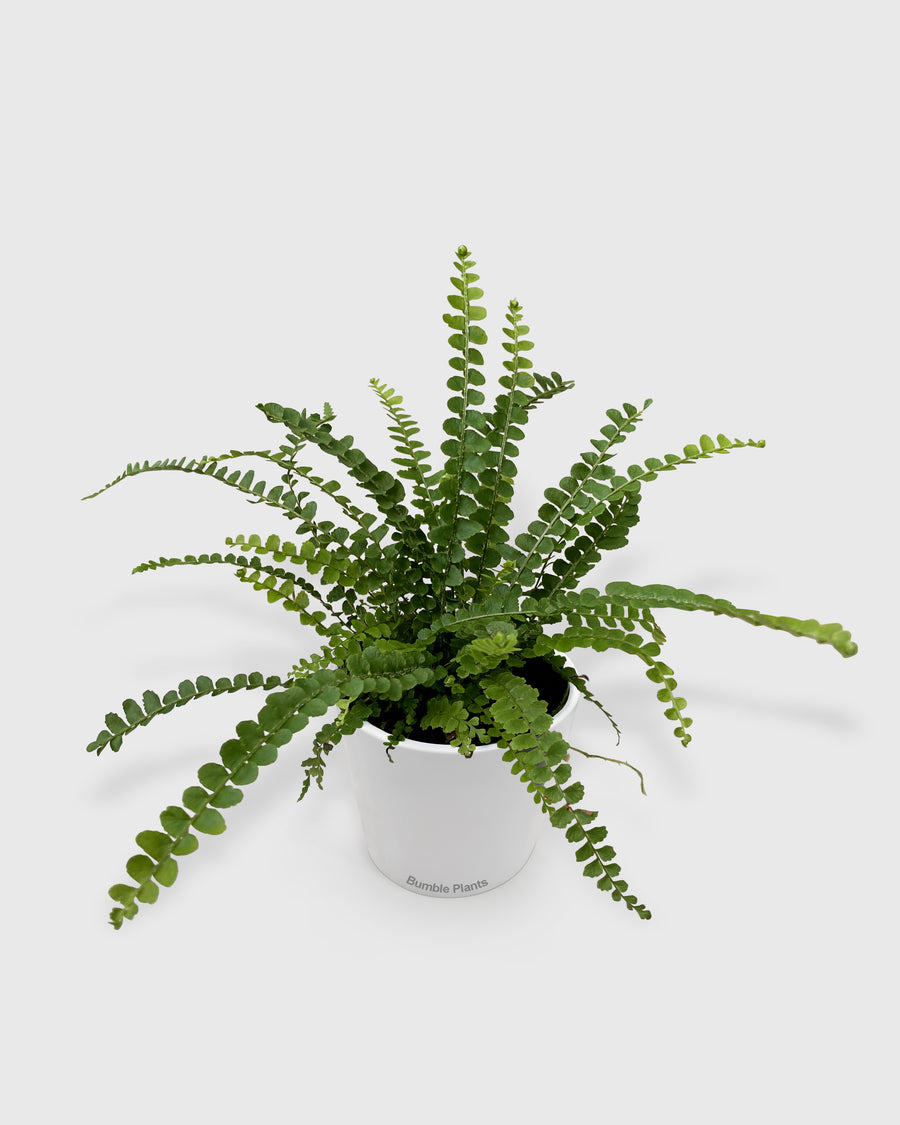Elevate Your Plant Care Routine With These Essential Tools
Hey there, fellow plant enthusiasts! Are you ready to take your indoor gardening game to new heights? Whether you're a seasoned plant parent or just starting your green journey, mastering the art of plant care is essential for maintaining healthy and thriving indoor greenery. In this blog, we'll dive deep into plant care, exploring the tools and techniques that will help you nurture your plants like a pro. As more and more people embrace indoor gardening as a hobby, it's crucial to understand the importance of properly caring for our leafy companions. From boosting air quality to adding a touch of natural beauty to our homes, indoor plants bring numerous benefits. But to truly reap these rewards, we must equip ourselves with the proper knowledge and tools. So, if you're ready to embark on a journey of green discovery, let's explore the essential tools and techniques that will elevate your plant care routine and bring your indoor jungle to life.
Choosing the Right Containers
Regarding nurturing indoor plants, the choice of containers holds more significance than just aesthetics. Opting for the proper containers is crucial for ensuring the health and vitality of your green companions. The primary consideration when selecting containers is ensuring they have adequate drainage holes. These holes allow excess water to escape, preventing waterlogging and the onset of root rot. Healthy soil moisture levels are maintained, promoting optimal growth and vitality. With an array of container options available, from plastic to ceramic to terracotta, it's essential to weigh the pros and cons of each. Plastic pots are lightweight and durable, while ceramic and terracotta pots offer better breathability for the soil. Self-watering pots provide convenience by regulating moisture levels automatically. When choosing a container size, it's essential to consider the plant's growth habits and ensure ample space for root development.
Soil Mixtures
Selecting the right soil mixture is vital for the health and vitality of your indoor plants. Soil is the foundation for plant growth, providing essential nutrients, moisture retention, and a stable root environment. Opt for high-quality potting mixes specifically formulated for indoor plants that are well-draining and nutrient-rich. Avoid using garden soil, which may contain pests, diseases, and inadequate drainage properties. Consider specialized mixes tailored to the needs of specific plant varieties, such as cacti or succulents. These mixes often contain perlite or sand to improve drainage and aeration. When repotting or refreshing soil, loosen compacted roots and remove debris to promote healthy growth. Choosing the right soil mixture sets the stage for thriving indoor plants that flourish in their new environment.
Watering Tools
Watering is a fundamental aspect of plant care, but it's essential to do it right. Having the proper watering tools on hand can make this task more efficient and effective. Start with a watering can with a narrow spout to control the water flow and avoid splashing. This allows you to target the soil directly without wetting the foliage excessively, reducing the risk of fungal diseases. Consider investing in a watering can with a long spout for reaching plants in tight or elevated areas. A spray bottle or mister also helps water small plants or provide humidity to tropical varieties. A watering wand or hose attachment with adjustable settings can simplify the process for larger plants or those in hard-to-reach areas. Remember to water your plants thoroughly, but allow the soil to dry out slightly between waterings to prevent overwatering. Equipping yourself with the right watering tools ensures that your plants receive the hydration they need to thrive without the risk of water-related issues.
Pruning and Trimming Equipment
Pruning and trimming are essential for maintaining indoor plants' health and appearance. The right tools for these tasks ensure you can trim with precision and care. Start with a pair of sharp, clean pruning shears or scissors. These tools are ideal for cutting back overgrown foliage, removing dead or damaged leaves, and shaping the plant for optimal growth. Look for shears with comfortable handles and a precise cutting edge to minimize stress on your hands and ensure clean cuts that promote healing. Invest in small, sharp scissors or snips for delicate tasks such as deadheading flowers or trimming small stems. Consider adding a pair of pruning loppers or a pruning saw to your toolkit for larger plants or woody growth. These tools provide the leverage and cutting power to tackle thicker branches and stems. Remember to sterilize your pruning tools between uses to prevent spreading diseases and pests. With the proper pruning and trimming equipment, you can keep your indoor plants looking their best and promote healthy growth for years.
Monitoring and Control
Keeping a close eye on environmental factors like light levels, temperature, and humidity is crucial for successful plant care. Fortunately, various monitoring and control devices are available to help you maintain optimal growing conditions for your indoor plants. Start with an essential thermometer to track temperature fluctuations in your home. This information will help you adjust heating or cooling settings to keep your plants comfortable. Additionally, consider investing in a hygrometer to monitor humidity levels. Many indoor plants thrive in humid environments, so maintaining the proper humidity level is essential for their health and growth. If you're growing plants that require specific light conditions, such as high-light or low-light varieties, a light meter can help you determine if your plants are getting enough light. Automated timers and intelligent controllers can be invaluable tools for those frequently away from home or busy. These devices allow you to automate watering, lighting, and climate control, ensuring that your plants receive consistent care even when you're not around. By incorporating monitoring and control devices into your plant care routine, you can create an optimal growing environment that fosters healthy and vibrant indoor greenery.
Pest and Disease Management Tools
Dealing with pests and diseases is an inevitable part of plant care, but having the right tools can help you effectively manage these challenges and keep your indoor garden thriving. Start by arming yourself with a magnifying glass or handheld microscope. These tools allow you to closely inspect your plants for signs of pests such as aphids, spider mites, or scale insects. Early detection is critical to preventing infestations from spreading and causing damage to your plants. For small-scale infestations, consider using natural remedies like neem oil or insecticidal soap to control pests without harming beneficial insects or the environment. Alternatively, invest in a handheld vacuum cleaner or sticky traps to physically remove pests from your plants. For more stubborn pest problems, you may need to resort to chemical treatments, but be sure to use them sparingly and according to label instructions to minimize harm to your plants and the environment. In addition to pest management tools, having supplies for treating common plant diseases is essential. Antifungal sprays, copper fungicides, and sulfur dust effectively treat diseases like powdery mildew, leaf spot, and root rot. Regularly sanitize your tools and containers to prevent the spread of diseases between plants. Equipping yourself with the right pest and disease management tools can nip potential problems in the bud and ensure that your indoor garden remains healthy and pest-free.
Nutrient Supplements and Fertilizers
Ensuring that your indoor plants receive the necessary nutrients is essential for promoting healthy growth and vibrant foliage. While soil provides some nutrients, supplementing with fertilizers can help replenish essential elements and support overall plant health. Start by choosing a fertilizer specifically formulated for indoor plants, as these products are designed to provide the right balance of nutrients without the risk of over-fertilization. Consider using a liquid fertilizer easily diluted and applied directly to the soil or foliage. Alternatively, opt for slow-release fertilizer pellets or granules for long-lasting nourishment. When selecting a fertilizer, pay attention to the nutrient ratios indicated on the packaging, with a focus on nitrogen (N), phosphorus (P), and potassium (K), as well as micronutrients like iron, magnesium, and calcium. Follow the recommended dosage instructions to avoid nutrient imbalances or fertilizer burn.
Additionally, consider supplementing with organic nutrients such as compost tea, fish emulsion, or seaweed extract to boost your plants' natural vitamins and minerals. Regularly monitor your plants for signs of nutrient deficiencies, such as yellowing leaves or stunted growth, and adjust your fertilization regimen accordingly. By incorporating nutrient supplements and fertilizers into your plant care routine, you can ensure your indoor plants receive the nourishment they need to thrive.
Cleaning and Maintenance Tools
Keeping your indoor plants clean and well-maintained is essential for preventing the buildup of dust, debris, and pests, which can hinder growth and compromise plant health. The proper cleaning and maintenance tools make this task more accessible and efficient. Start with a soft-bristled brush or dusting cloth to gently remove dust and debris from plant leaves. Regularly dusting your plants enhances their appearance and improves air circulation and photosynthesis. Consider using a handheld air blower or compressed air canister to dislodge stubborn dust particles for plants with hard-to-reach foliage or intricate leaf structures.
Additionally, pruning shears or scissors is essential for trimming away dead or damaged leaves, stems, and flowers. Regular pruning encourages new growth and helps maintain your plants' overall shape and appearance. Invest in a pair of sharp, clean shears that make clean cuts without causing unnecessary stress to the plant. Finally, remember to clean and sanitize your pots, containers, and gardening tools regularly to prevent the spread of pests and diseases. Use a mild soap solution or disinfectant wipes to remove dirt and residue from surfaces, and allow them to dry thoroughly before reusing. By incorporating cleaning and maintenance tools into your plant care routine, you can ensure that your indoor garden remains healthy, vibrant, and pest-free.
Education and Reference Materials
Expanding your plant care knowledge is essential for nurturing healthy, thriving indoor greenery. Access to educational resources and reference materials can empower you to make informed decisions and troubleshoot common issues effectively. Start by building a library of plant care books and guides that cover a wide range of topics, from primary care tips to specific plant species and their requirements. Look for books written by reputable authors or organizations with expertise in botany and horticulture. Online resources such as gardening websites, forums, and blogs are also valuable sources of information and advice. Joining online communities or forums dedicated to indoor gardening allows you to connect with fellow plant enthusiasts, share experiences, and seek expert advice. Consider enrolling in online courses or workshops to deepen your understanding of plant biology, pest management, and other relevant topics. Many universities and botanical gardens offer online classes tailored to indoor gardening enthusiasts of all skill levels. Finally, take into account the power of observation and experimentation. Pay close attention to your plants' behavior and responses to different care practices, and don't be afraid to try new techniques or solutions. By continuously learning and expanding your knowledge base, you can become a more confident and booming indoor gardener, nurturing healthy and vibrant plants for years.
Conclusion
Congratulations on taking the first steps toward elevating your plant care routine with these essential tools! By incorporating the tips and recommendations outlined in this guide, you can nurture healthy and thriving indoor greenery. From choosing the proper containers and soil mixtures to mastering pruning techniques and investing in monitoring devices, each aspect plays a crucial role in maintaining the health and vitality of your plants. Remember to continuously educate yourself, stay organized, and prioritize safety as you embark on your indoor gardening journey. With dedication, patience, and a little green-thumb magic, you'll create a vibrant indoor oasis that brings joy and beauty to your home for years. Happy gardening.


